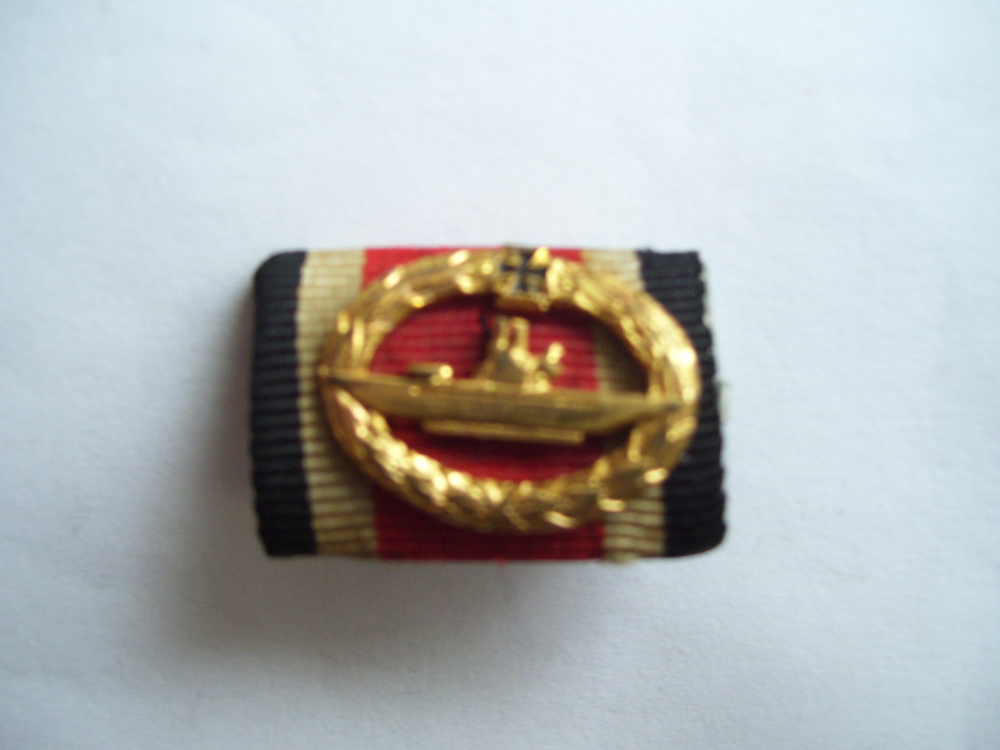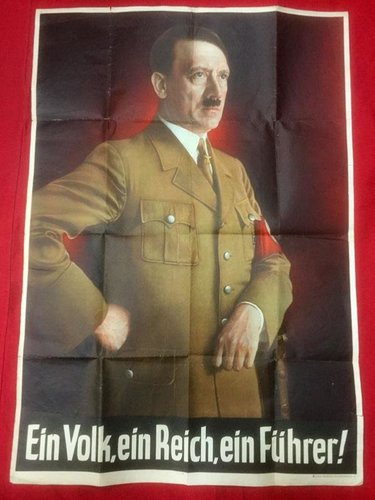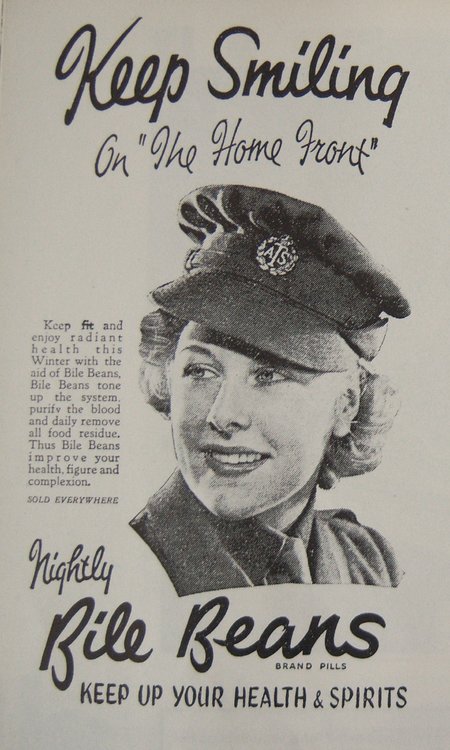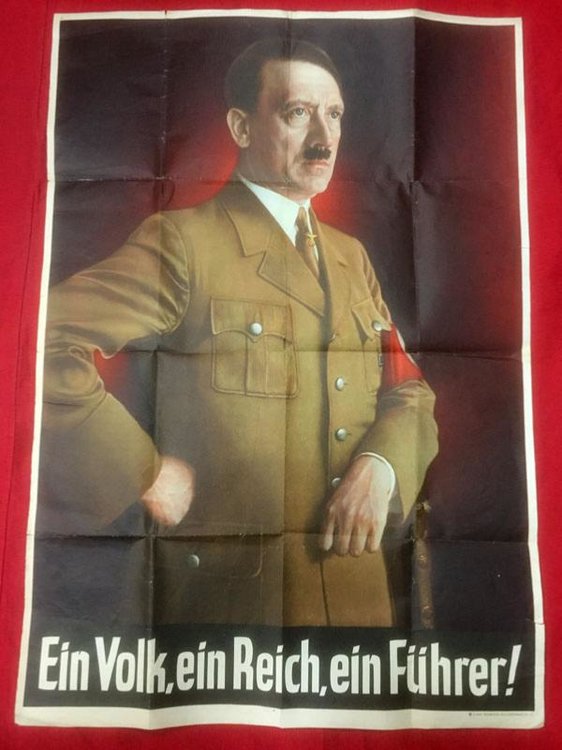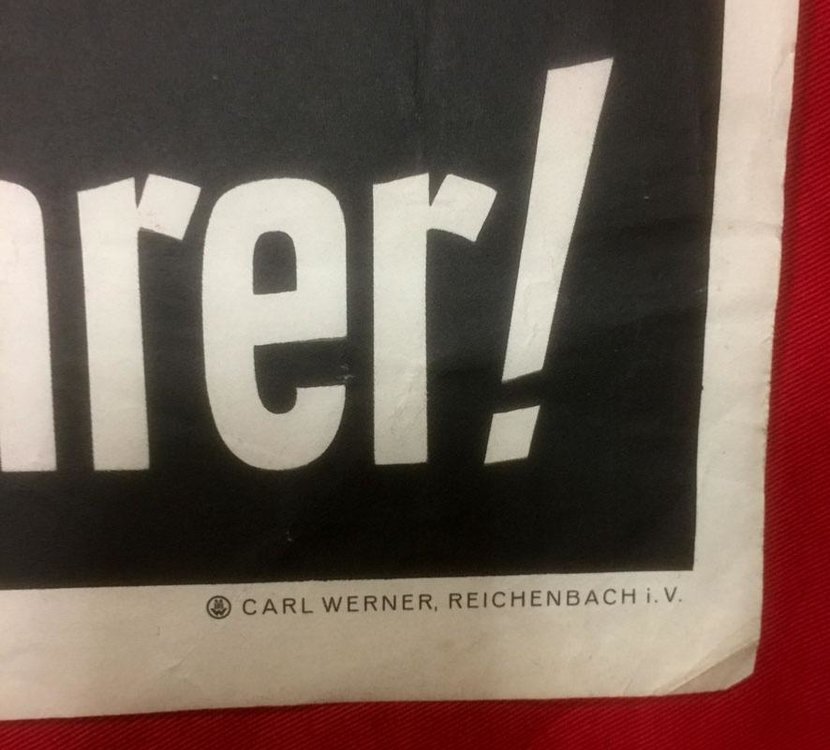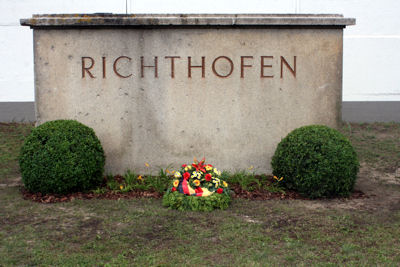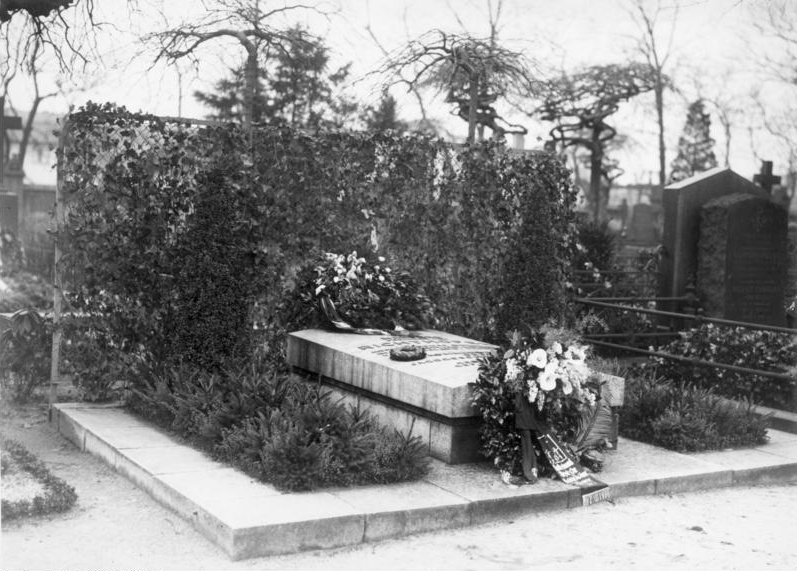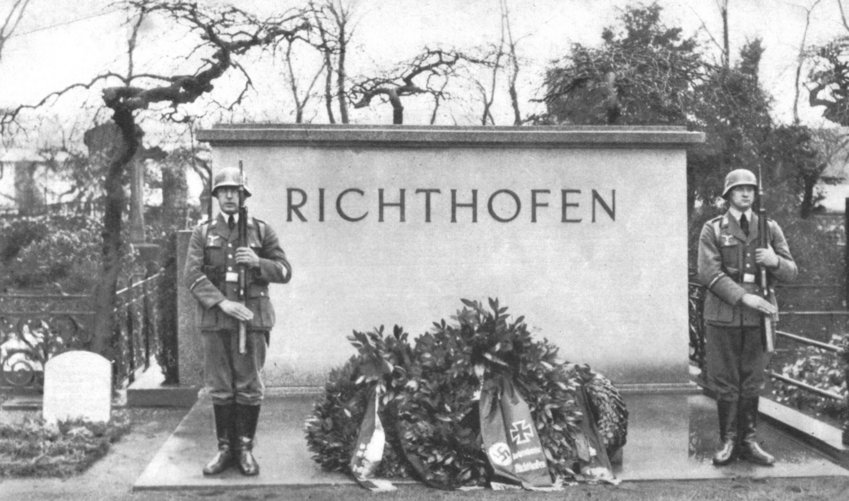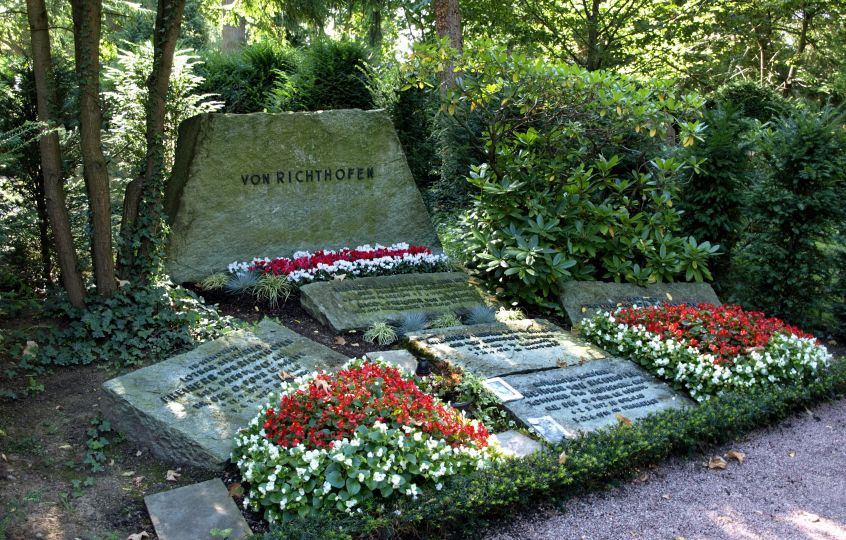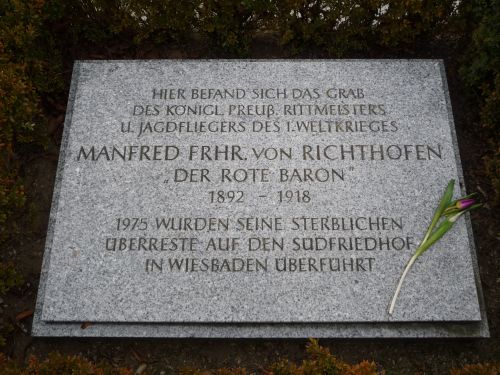Leaderboard
Popular Content
Showing content with the highest reputation on 18/04/18 in all areas
-
Puchased at a Flohmarkt in September 2009 for 1 Euro. A miniature U-Boot Kriegsabzeichen on iron cross ribbon mounted as a Feldspange. Post-war 1957 version. At an interesting Antiques Market (indoor) this morning, there weren't too many dealers as the weather was too good, people are enjoying the sun. There must be a general price cut somewhere, or interest has receeded, everything seemed to be going for 2 Euros today! I had ten euros with me, as I didn't plan to make any big buys, as been spending enough lately, need to re-generate. Ended up buying more than usual, there was a stand with interesting old postcards, so I thought, here is the opportunity, what do I look for? I thought I'd try "K" for Königsberg, as I had seen a few lately in the net, and its something that has died out. Two of these cards are of the "Blutgericht", which was also of special interest to me, that is where Walter and Liesel Neusüß were photographed in early 1942 (see resp. article). So there were three nice cards of Königsberg, so I got these for 6 euros, ok. There were also other bits and pieces, such as navy buttons, all sorts, etc., and also one Reichskokarde of WW2 vintage but as good as mint, so I got it for 2 euros. Looking on further, there was another dealer selling everything for 2 euros - and there was a gigantic book, which is very familiar, but I never owned - it is terribly heavy and would almost break up under its own weight - HINDENBURG DENKMAL Für Das Deutsche Volk, which was published around 1924. It was all complete, reasonably good order, the spine slighly frayed and opening, which can be easily repaired. Contains many black and white and colour plates. A well known historical volume dedicated to World War I and sponsored by Reichspräsident von Hindenburg. I can remember many years ago this book would have cost a fortune in DM. I believe it was also very expensive originally, when published in 1924, and today at a throwaway price.1 point
-
Rittmeister Manfred Freiherr von Richthofen fell on 21.April 1918 in aerial combat. He was buried with full military honours by his adversaries in Bertangles/Somme1 point
-
This advert is COMPLETED!
- FOR SALE
- USED
A rare wartime period poster of the most famous image of Hitler with the infamous slogan 'Ein Volk, Ein Reich,Ein Fuhrer' to bottom. Maker 'CARL WERNER REICHENBACH i.v.' printed to bottom right corner. Excellent condition with creases along fold lines. Would be recommended for framing to preserve this excellent example of Third Reich Fuhrer Propaganda. Size 85 cm x 59 cm. Poster was brought back with other items by an R.A.F. veteran and we acquired this item from his family.£895
- GB
1 point -
1 point
-
The point I was trying to make, was that the wear or possession of "Ski-Caps" was declared illegal in this postwar zone by the Allied Military Authorities, and that these were all to be handed over by order. Beat that for oppression.1 point
-
Here's an original, very rare wartime period poster of the most famous image of Hitler with the infamous slogan 'Ein Volk, Ein Reich, Ein Fuhrer' to bottom. Maker 'CARL WERNER REICHENBACH i.v.' is printed to bottom right corner. Excellent condition with creases along fold lines. Size 85 cm x 59 cm. The poster was brought back with other items by an R.A.F. veteran and we acquired it from his family.1 point
-
On the 24th June 2017 the original gravestone was transferred from Wittmund back to the Invalidenfriedhof. This was done on an agreement between Traditionsgeschwader Richthofen and the Familienverband Richthofen, latter sharing the costs with the Förderverein Invalidenfriedhof. The bullet marks from the last days of WW2 can still be seen.1 point
-
The first photo shows the original grave at Bertangles. The French authorities transferred him to Fricourt in 1920. In 1925 he was brought to the Invalidenfriedhof in Berlin, next photo ca. 1931, and the new gravestone after 1936. A further photo shows the present day gravesite in Wiesbaden. The grave at the Invalidenfriedhof before WW2. This new gravestone had been errected on orders of Göring. After 1975 the stone was transferred to the West, and it remained for many years at the entry of the Luftwaffen-Kaserne in Wittmund. Richthofen now lies in the present family grave in Wiesbaden. Bertangles Invalidenfriedhof Berlin, after November 1925 The new gravestone, errected ca. 1936 The present resting place, Hauptfriedhof Wiesbaden1 point
-
Eckhardt's daughter lives in France, she was seriously ill several years ago, but recovered from a major operation. She owns a large cottage in the south of France and produces most of her own foodstuffs. She also accomodates tourists. There are grandchildren and also great-grandchildren. One granddaughter is living in Ireland, and Eckhadt's son-in-law was from England. Marina travelled extensively to India and Afghanistan in younger years, she speaks fluent French as well as German as her native language and is also still learning English. She is a vegetarian and very self-sufficient.1 point
-
How a German prisoner of war escaped in the USA and lived for nearly forty years undetected. He was hunted down like a murderer or common criminal and the FBI never gave up, and he received the personal attention of Hoover, who wanted the last escapée rounded up at all costs. Georg Gärtner from Schweidnitz (Schlesien), who had been an officer cadet and served in North Africa, took on a completely new identity. This left a strong physical and mental strain on him in the latter years, till he finally broke his secret to his American wife. He had escaped as he feared being released into the Soviet Zone, as prisoners were being repatriated to their place of origin, his then being under "Polish Administration" since 1945.1 point
-
Nice to see the medal and the recipient Fritz. I'm not sure Stewy will reply, we have been trying to contact him for a while now as have others. We hope you are well Stewy, if you read this please reply, allot of forum members are concerned that you are OK?1 point
-
The site of the former grave at the Invalidenfriedhof in Berlin. His grave was in no-mans land during the DDR Regime, and the cemetery was closed. In 1975 after measures were taken by the Regime, in which graves and trees were removed and further walls and fences errected, his family managed to arrange for the transferral of his remains, which were re-interred in the family grave at Wiesbaden. Further graves at the Invalidenfriedhof have been restored in recent years, such as Ernst Udet Marga Wolff von Etzdorf (a woman pilot) Werner Mölders Generalfeldmarschall Graf v. Schlieffen Helmuth von Moltke Generaloberst v. Seeckt Generaloberst Frhr. v. Fritsche Also the grave of Fritz Todt had been restored, but after protests, again removed. The DDR Regime did considerable damage to this unique historic cemetery, where some of the most notable persons in German history were buried. Quite a few graves have been (selectively) restored. Reinhardt Heydrich was also buried here, the grave was destroyed shortly after the Russians took over.1 point
-
Added Photo of Eckhardt's only decoration, which he gave me a couple of years ago with its original paper packet, here with replacement ribbon, Maker: Franz Jungwirth, Wien. Zinc with a bronze coating. Telephoned with him recently. He had a stroke late last year, and is now 98. He seems to have recovered somewhat, but hardly leaves his house at the moment, the wife or a neighbour now does most of the shopping. I got the impression he couldn't quite remember me anymore.1 point





